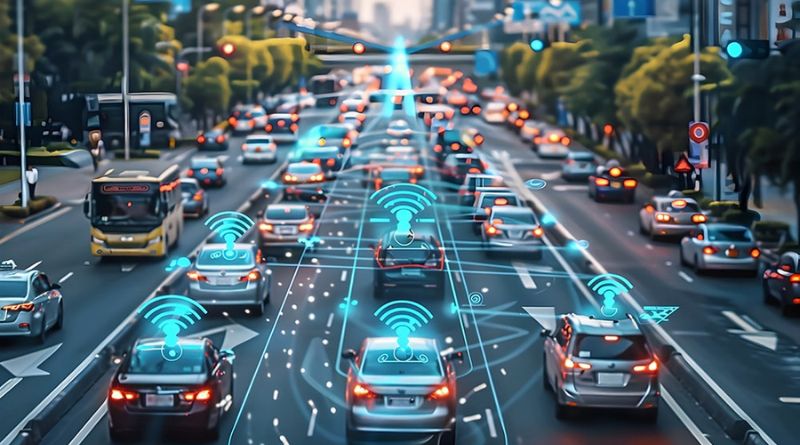Urban centers are evolving rapidly, and innovations in transportation are crucial in meeting the demands of city life. The integration of technology in urban mobility solutions not only enhances convenience but also promotes sustainability. Through effective resource management and less environmental impact, technology promotes closer ties between communities in metropolitan settings.
Many cities are adopting managed services to streamline their transportation infrastructure. These technological advancements provide real-time public transit and traffic flow management, improving overall urban transport efficiency. Such services allow cities to create more resilient systems that maintain smooth operation despite disruptions.
Table of Contents
Key Takeaways:
- Discover how technology is transforming urban mobility.
- Learn about innovations that are making cities more accessible.
- Understand the impact of technology on reducing congestion and emissions.
Introduction to Urban Mobility
Urban mobility is essential for thriving cities, affecting everything from economic growth to quality of life. As urban populations swell, the challenge is to ensure mobility solutions are effective, efficient, and environmentally friendly. Cities are now turning to innovative solutions to tackle these challenges, turning urban areas into accessible hubs that bridge socio-economic divides.
The Role of Technology in Urban Transport
Technology is transforming city transport systems. Developments such as mobile applications for real-time traffic updates and improved GPS systems have redefined urban movement. Smart cities leverage technology to create integrated systems that simplify commuting. IoT devices and data analytics give planners tools to predict patterns and manage services, cutting congestion and improving air quality.
Smart Traffic Management Systems
Smart traffic systems use sensor data to manage traffic flow dynamically. Adapting traffic signals in real time reduces congestion and improves air quality. For example, cities have implemented adaptive signaling for smoother commutes, integrating weather data and upcoming events into traffic management to mitigate bottlenecks efficiently.
Innovations in Public Transportation
Public transport systems are vital urban mobility components. With features such as contactless payments and real-time tracking, accessibility has improved. Cities like Singapore employ advanced technologies for public transit management, enhancing efficiency and passenger experience as noted by the Straits Times. These improvements make public transportation more appealing and reduce reliance on personal vehicles.
Micromobility: Small Vehicles, Big Impact
Micromobility solutions, like electric scooters and bikes, are reshaping transportation. These vehicles provide flexible, eco-friendly alternatives for short distance travel, offering cities a way to reduce congestion. By promoting healthy, low-emission options, cities align with global sustainability goals and provide vibrant, community-oriented travel solutions.
Sustainable Urban Mobility Solutions
Sustainability is a priority in urban mobility strategies. Electric vehicles and renewable energy-powered infrastructure minimize greenhouse gas emissions. Adopting sustainable practices reduces ecological footprints and aligns cities with global environmental targets, creating robust ecosystems that form the backbone of modern urban systems.
The Future of Urban Mobility
Emerging technologies like autonomous vehicles promise to reengineer urban transport. They promise to integrate seamlessly into existing cityscapes, offering novel congestion solutions and expanding possibilities for urban design. As they become more prevalent, these innovations promise to resolve challenges like congestion, accessibility, and sustainability.
Conclusion
Integrating technology into urban mobility points to a future of smarter, safer, and more sustainable cities. Embracing these changes supports urban environments that meet current and future challenges, enhancing the quality of life and creating thriving, livable cities. Managing these innovations effectively stands to redefine living standards worldwide.















Leave a Reply